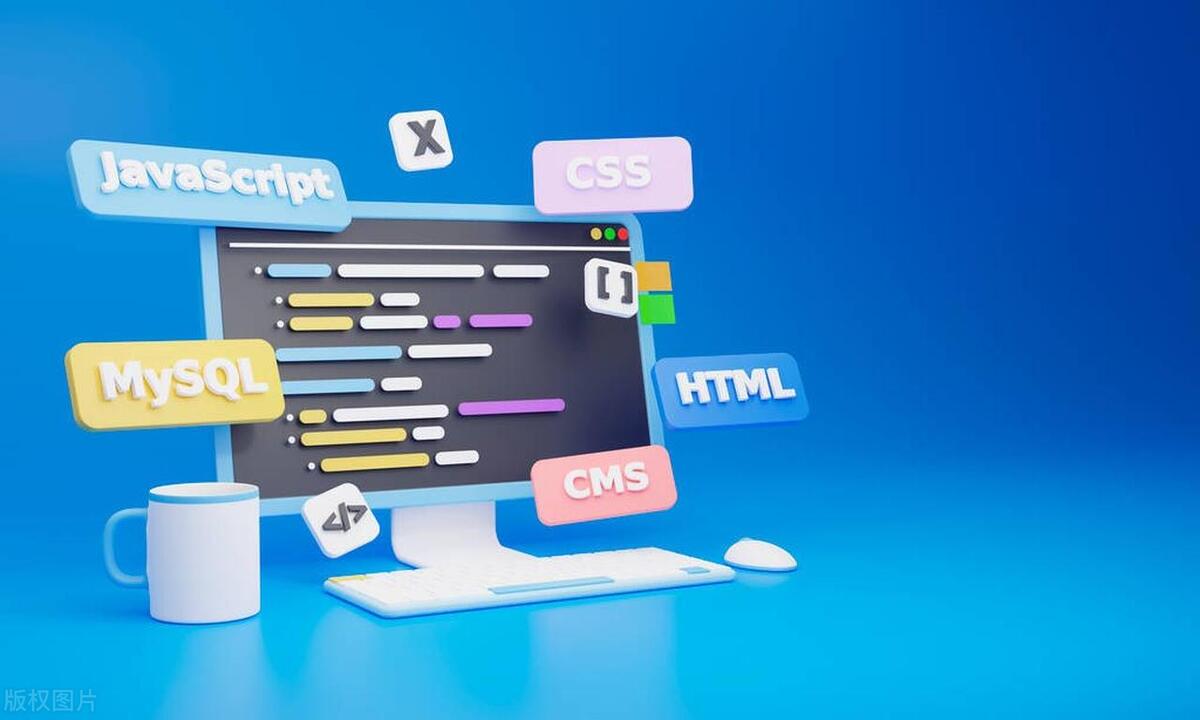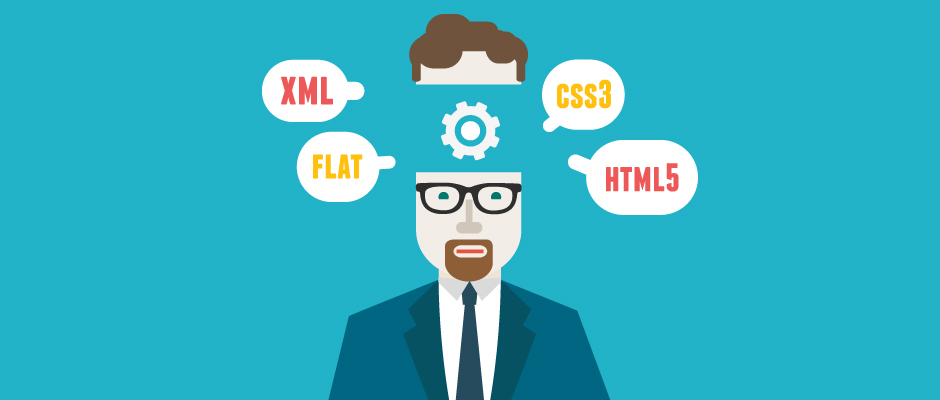Implementing Responsive Web Design with CSS Grid
Jul 20, 2025 am 03:57 AMThe key to using CSS Grid for responsive web design is to understand its layout mechanism and adjust it in combination with media query. 1. Use grid-template-columns and grid-template-rows to define the row-column size, and create a flexible layout with repeat() and fr units; 2. Use minmax() to adapt column width to reduce media query requirements; 3. Set breakpoints such as mobile phones, tablets, and desktops, and adjust the number of columns respectively; 4. Use grid-column, grid-row and grid-area to rearrange element positions at different breakpoints, enhance responsiveness, and ultimately achieve a flexible and stable layout.

When designing responsive web pages, using CSS Grid is indeed a good choice. It can not only help you build a clear structure, but also flexibly adapt to different devices in conjunction with media queries. The key is to understand the layout mechanism of Grid and adjust it reasonably in combination with breakpoints.

Use CSS Grid to build basic layout
The biggest advantage of Grid is that it can build a two-dimensional layout with a few lines of code. You can use grid-template-columns and grid-template-rows to define the size of columns and rows. for example:
.container {
display: grid;
grid-template-columns: repeat(3, 1fr);
gap: 20px;
} This creates a three-column equal width layout and automatically adapts to the container width. Pay attention to repeat() and fr units, which are the core of Grid and can help you easily achieve elastic layout.

Tips: Use minmax() to adapt the column width within a certain range, such as:
grid-template-columns: repeat(auto-fit, minmax(250px, 1fr));
This will automatically adjust the number of columns under different screen sizes without writing too many media queries.

Responsive adjustments in combination with media queries
Although Grid itself is flexible, in order to have a better user experience, it still needs to make some fine adjustments based on different devices. A common approach is to set several breakpoints, such as:
- Mobile phone: Maximum width 767px
- Tablet: 768px to 1023px
- Desktop: 1024px and above
For example, on the desktop there are three columns, two columns on the tablet, and one column on the phone:
@media (max-width: 767px) {
.container {
grid-template-columns: 1fr;
}
}
@media (min-width: 768px) and (max-width: 1023px) {
.container {
grid-template-columns: repeat(2, 1fr);
}
}This ensures that there are reasonable display methods on different devices and the structure is clear.
Utilize Grid's features to enhance responsiveness
Grid itself provides some responsively friendly properties, such as grid-column and grid-row , which can rearrange element positions at different breakpoints. For example, if you want to put the sidebar under the main content on your phone, you can write it like this:
.sidebar {
grid-column: span 1;
}
@media (min-width: 768px) {
.sidebar {
grid-column: 3 / span 1;
}
}In this way, under the tablet or desktop, the sidebar can automatically jump to the third column without affecting the overall structure.
In addition, grid-area can also be used with named areas to make the layout more intuitive. for example:
.container {
display: grid;
grid-template-areas:
"header header"
"main sidebar"
"footer footer";
}Then modify the area layout in the media query to achieve a responsive effect.
Basically, this is all. Using Grid as a responsive layout is not complicated, but some details are easy to ignore, such as gap compatibility, auto-fit usage conditions, and the differences in support of Grid by different browsers. As long as you master the basics and cooperate with media queries, you can create a responsive page that is both flexible and stable.
The above is the detailed content of Implementing Responsive Web Design with CSS Grid. For more information, please follow other related articles on the PHP Chinese website!

Hot AI Tools

Undress AI Tool
Undress images for free

Undresser.AI Undress
AI-powered app for creating realistic nude photos

AI Clothes Remover
Online AI tool for removing clothes from photos.

Clothoff.io
AI clothes remover

Video Face Swap
Swap faces in any video effortlessly with our completely free AI face swap tool!

Hot Article

Hot Tools

Notepad++7.3.1
Easy-to-use and free code editor

SublimeText3 Chinese version
Chinese version, very easy to use

Zend Studio 13.0.1
Powerful PHP integrated development environment

Dreamweaver CS6
Visual web development tools

SublimeText3 Mac version
God-level code editing software (SublimeText3)
 How to implement flexible layout and responsive design through vue and Element-plus
Jul 18, 2023 am 11:09 AM
How to implement flexible layout and responsive design through vue and Element-plus
Jul 18, 2023 am 11:09 AM
How to implement flexible layout and responsive design through vue and Element-plus. In modern web development, flexible layout and responsive design have become a trend. Flexible layout allows page elements to automatically adjust their size and position according to different screen sizes, while responsive design ensures that the page displays well on different devices and provides a good user experience. This article will introduce how to implement flexible layout and responsive design through vue and Element-plus. To begin our work, we
 React responsive design guide: How to achieve adaptive front-end layout effects
Sep 26, 2023 am 11:34 AM
React responsive design guide: How to achieve adaptive front-end layout effects
Sep 26, 2023 am 11:34 AM
React Responsive Design Guide: How to Achieve Adaptive Front-end Layout Effects With the popularity of mobile devices and the increasing user demand for multi-screen experiences, responsive design has become one of the important considerations in modern front-end development. React, as one of the most popular front-end frameworks at present, provides a wealth of tools and components to help developers achieve adaptive layout effects. This article will share some guidelines and tips on implementing responsive design using React, and provide specific code examples for reference. Fle using React
 How to use CSS Flex layout to implement responsive design
Sep 26, 2023 am 08:07 AM
How to use CSS Flex layout to implement responsive design
Sep 26, 2023 am 08:07 AM
How to use CSSFlex elastic layout to implement responsive design. In today's era of widespread mobile devices, responsive design has become an important task in front-end development. Among them, using CSSFlex elastic layout has become one of the popular choices for implementing responsive design. CSSFlex elastic layout has strong scalability and adaptability, and can quickly implement screen layouts of different sizes. This article will introduce how to use CSSFlex elastic layout to implement responsive design, and give specific code examples.
 How to use PHP to implement mobile adaptation and responsive design
Sep 05, 2023 pm 01:04 PM
How to use PHP to implement mobile adaptation and responsive design
Sep 05, 2023 pm 01:04 PM
How to use PHP to implement mobile adaptation and responsive design Mobile adaptation and responsive design are important practices in modern website development. They can ensure good display effects of the website on different devices. In this article, we will introduce how to use PHP to implement mobile adaptation and responsive design, with code examples. 1. Understand the concepts of mobile adaptation and responsive design Mobile adaptation refers to providing different styles and layouts for different devices based on the different characteristics and sizes of the device. Responsive design refers to the use of
 How to implement responsive layout using Vue
Nov 07, 2023 am 11:06 AM
How to implement responsive layout using Vue
Nov 07, 2023 am 11:06 AM
Vue is a very excellent front-end development framework. It adopts the MVVM mode and achieves a very good responsive layout through two-way binding of data. In our front-end development, responsive layout is a very important part, because it allows our pages to display the best effects for different devices, thereby improving user experience. In this article, we will introduce how to use Vue to implement responsive layout and provide specific code examples. 1. Use Bootstrap to implement responsive layout. Bootstrap is a
 How to use Layui to develop a responsive web layout design
Oct 25, 2023 pm 12:24 PM
How to use Layui to develop a responsive web layout design
Oct 25, 2023 pm 12:24 PM
How to use Layui to develop a responsive web page layout design. In today's Internet era, more and more websites need to have good layout design to provide a better user experience. As a simple, easy-to-use, and flexible front-end framework, Layui can help developers quickly build beautiful and responsive web pages. This article will introduce how to use Layui to develop a simple responsive web layout design, and attach detailed code examples. Introducing Layui First, introduce Layui related files in the HTML file
 CSS Viewport: How to use vh, vw, vmin, and vmax units for responsive design
Sep 13, 2023 pm 12:15 PM
CSS Viewport: How to use vh, vw, vmin, and vmax units for responsive design
Sep 13, 2023 pm 12:15 PM
CSSViewport: How to use vh, vw, vmin and vmax units to implement responsive design, specific code examples required In modern responsive web design, we usually want web pages to adapt to different screen sizes and devices to provide a good user experience. The CSSViewport unit (viewport unit) is one of the important tools to help us achieve this goal. In this article, we’ll cover how to use vh, vw, vmin, and vmax units to achieve responsive design.
 How to create a responsive card wall layout using HTML and CSS
Oct 25, 2023 am 10:42 AM
How to create a responsive card wall layout using HTML and CSS
Oct 25, 2023 am 10:42 AM
How to create a responsive card wall layout using HTML and CSS In modern web design, responsive layout is a very important technology. By using HTML and CSS, we can create a responsive card wall layout that adapts to devices of different screen sizes. Here’s a closer look at how to create a simple responsive card wall layout using HTML and CSS. HTML part: First, we need to set up the basic structure in the HTML file. We can use unordered list (<ul>) and






